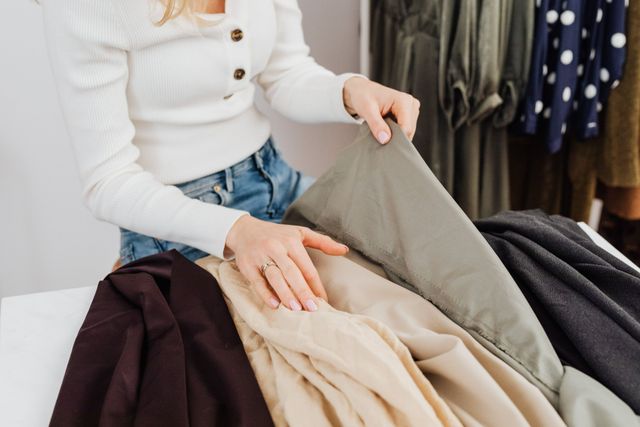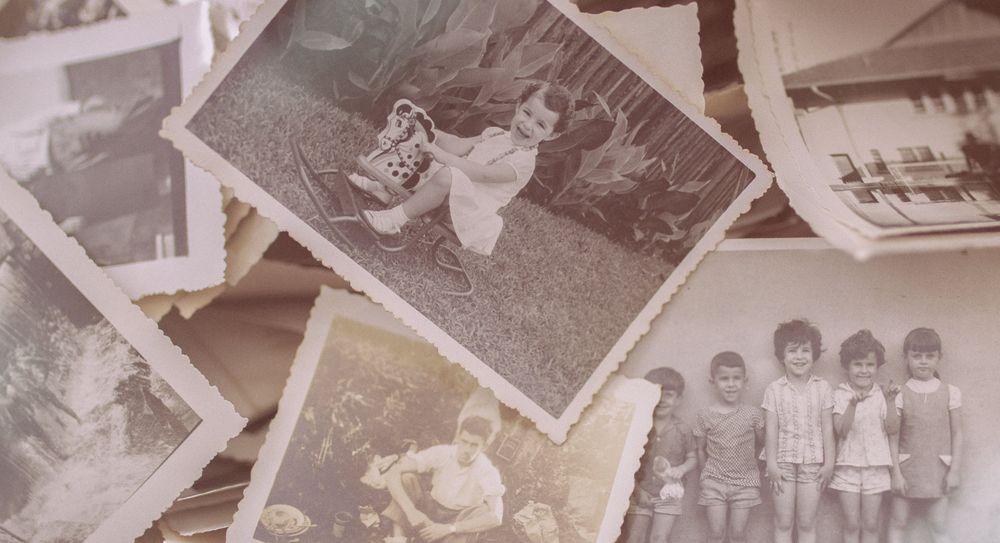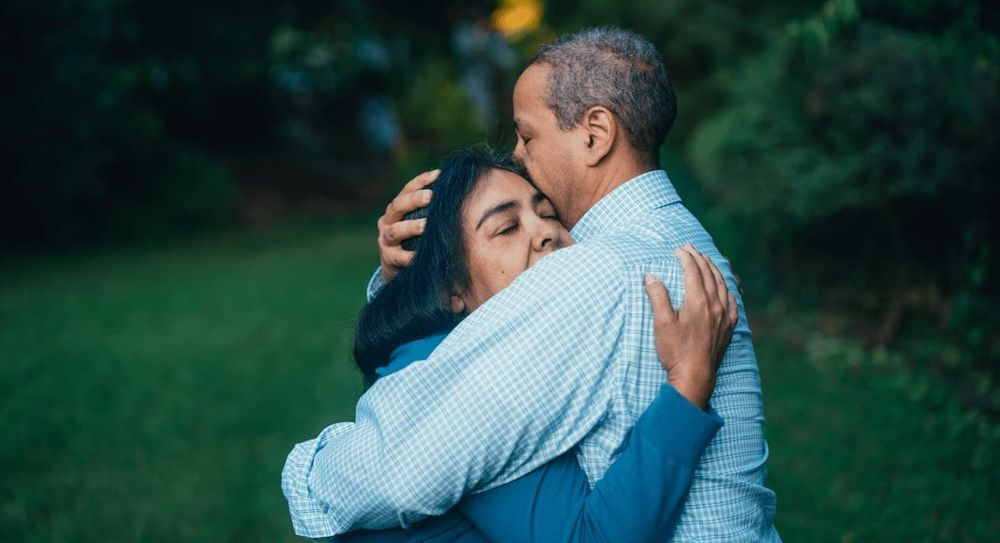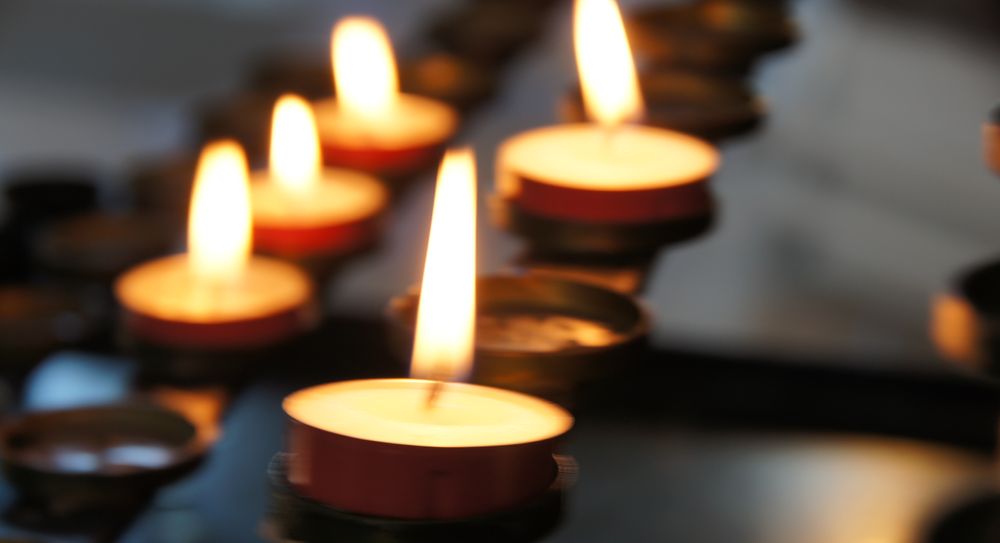When you’re arranging a funeral for someone, your chosen funeral director will ask what you want them to be dressed in. If the person had a will, they might’ve left specific instructions. But if not, and they never mentioned what they’d like to be buried or cremated in, you might not be sure. Here’s some information that can help you choose something appropriate.
Choosing an outfit for someone who’s passed away
In the past, most people would be buried in a plain shroud. But nowadays, more people are choosing outfits that the person who passed away wore throughout their life. Tracey, a funeral director at Hickton Family Funeral Directors, explains what happens when funeral directors prepare someone who’s passed away for burial or cremation:
“When somebody passes away, we always ask what you’d like your loved one to be buried or cremated in. Sometimes, the person planning the funeral will say a specific outfit. Some people will say ‘Mom always wore her pyjamas, so we’d like her in these pyjamas’. Some people will have suits on because they wore a suit for special occasions. People from the military will usually have their military uniforms on. Babies are usually dressed in baby grows or wrapped in blankets. Once, we planned a funeral for a woman who wanted to be buried in her wedding dress. We can do whatever the family chooses. If the family choose not to bring in any clothes, then we put them in a shroud. It’s kind of like a hospital gown where you put your hands through the sleeves and the gown is tied up at the back. But it’s satin and full length, covering the feet. Both men and women can be dressed in this. It’s usually white, but you can choose different colours to match the lining of the coffin.”
As long as you choose something respectful, it’s likely that your chosen funeral director will be able to meet your wishes. There are, however, some considerations you might want to keep in mind when choosing an outfit. We’ve outlined these below.
Size - will it fit?
When choosing an outfit, it’s important to consider whether it’ll still fit the person who’s passed away. If your loved one wished to be buried in an outfit they hadn’t worn for a long time, you might find that they’d grown since, and it no longer fits. Usually, your funeral director will still be able to carry out your wishes. But they may need to cut the back of the item to make it fit. They’ll always ask your permission before doing this and you can choose a different outfit if you’d rather the original outfit isn’t cut.
If your loved one lost a lot of weight before they passed away, the clothing they used to wear may be too big. This doesn’t necessarily mean that they can’t be buried in the outfit. But your funeral director may need to pin it at the back to help it look more in proportion.
Clothing for a cremation
There are strict rules in place around what can and cannot be cremated. These are usually to make sure that the cremation is carried out safely and without releasing harmful emissions. The person who’s passed away can’t wear:
- Anything with batteries – such as a watch or hearing aid
- Anything made from glass – such as glasses or glass jewellery
- Shoes – rubber soles can release emissions
If you’d like your loved one to wear these items in the chapel of rest, or during the funeral service, this can be arranged. But your funeral director will need to remove the items before the coffin is taken for cremation. Let them know whether you want these items back, or whether they can be donated to charity or recycled.
It’s also important to know that all jewellery will melt if it’s being cremated. This is okay, but if you’d rather keep your loved one’s jewellery, let your funeral director know. They’ll be able to make sure it’s removed before the cremation is carried out.
Clothing for a green burial
Green burials have more rules around what someone can and cannot be buried in. Most natural burial grounds only allow environmentally friendly burial shrouds, or clothing made from natural fibres, like cotton or wool. Shoes generally aren’t allowed. If you’re not sure, talk to your funeral director, or contact your chosen natural burial ground directly. They’ll be able to answer questions about their policies and specific items of clothing you might be considering.
Clothing for religious burials and cremations
Some religions follow traditions around how people are prepared for burial. This can include what they are dressed in.
- Jewish burial clothes – traditionally, if you’re Jewish, you’ll be buried in a simple cloth shroud or robe (for men, a kittel). This is usually made from white linen and represents the equality of all (both rich and poor) in death. Some Jewish men are buried in a tallit (a prayer shawl) that they used in their life.
- Muslim burial clothes – if you’re Muslim, you’ll be buried in a clean, white piece of cloth called a kafan. Men are wrapped in 3 pieces of cloth, while women are wrapped in 5.
- Hindu cremation clothes – the Hindu colour for grieving is white, so most Hindus are dressed in new white clothes for their funeral. If the person who’s passed away is a married woman (whose husband is still alive), or a young unmarried girl, she’ll be dressed in red or yellow instead.
- Theravada Buddhist cremation clothing – if you’re planning a funeral for a Theravada Buddhist, it’s usually recommended to dress the person who’s passed away in white. This symbolises virtue.
- Mormon burial clothing – if you’re Mormon, you’re endowed with temple clothing when you’re educated in the religion’s rituals and covenants with God. You wear this throughout your life and you’re then buried in it when you pass away. It’s plain white and simple, to represent everyone’s equality before God.
Photo by Karolina Grabowska on Pexels.





